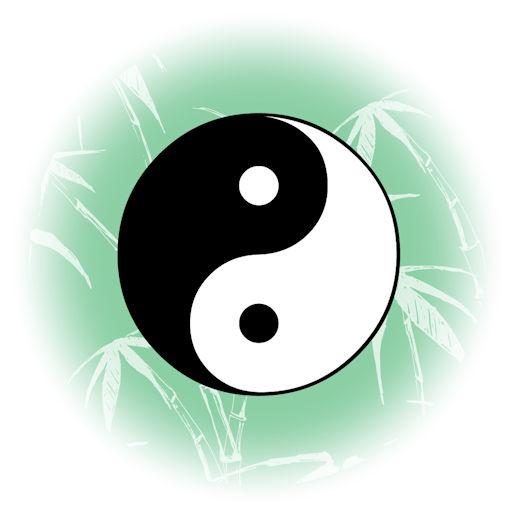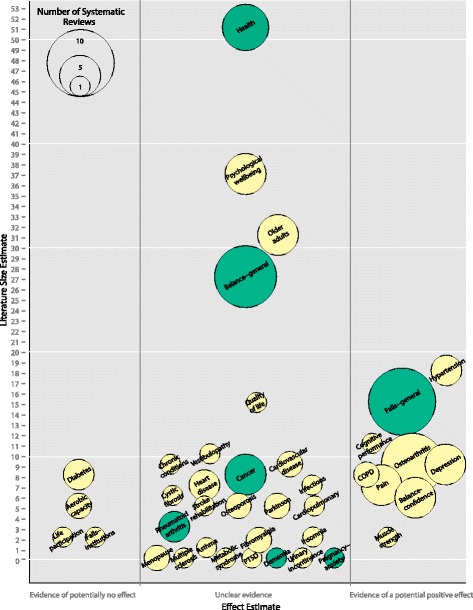National Institutes of Health / July 27, 2016
Tai Chi, also known as Tai Chi Chuan or Taijiquan, developed as an ancient Chinese martial art and is today widely practiced for its health benefits. Many forms of Tai Chi exist, but in western culture, it is most commonly taught as a series of slow, gentle, low-impact movements that integrate the breath, mind, and physical activity to achieve greater awareness and a sense of inner peace and well-being. The meditative movement is designed to strengthen and stretch the body, improve the flow of blood and other fluids, improve balance, proprioception, and awareness of how the body moves through space; and it may be practiced in a group format or alone [1]. Results from the 2007 National Health Interview Survey — a survey of a representative sample of adults in the USA — estimated that approximately 2.3 million adults in the USA practiced Tai Chi in the past 12 months. There is no official licensure granted by national or state professional boards, and there are no official standards for training instructors; thus, individual training programs vary.
Research on effects of Tai Chi on health outcomes continues to expand and has been the subject of many primary research studies and reviews of the literature. The research field covers a wide spectrum of clinical indications, targets a range of populations, and has focused on a variety of settings. A systematic review of systematic reviews identified 35 reviews published in 2010 and concluded that Tai Chi is effective for fall prevention and improving psychological health and was associated with general health benefits for older people [2]. However, the interest in Tai Chi has increased in particular in recent years and since 2010, more than twice as many systematic reviews have been published. In order to provide a broad overview of the research evidence that has been published to date, we conducted a systematic review of systematic reviews of the effects of Tai Chi on health outcomes [3]… Read full article

